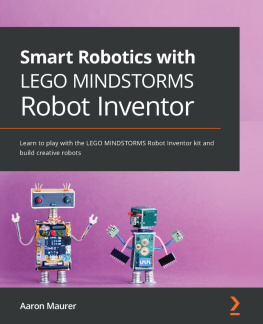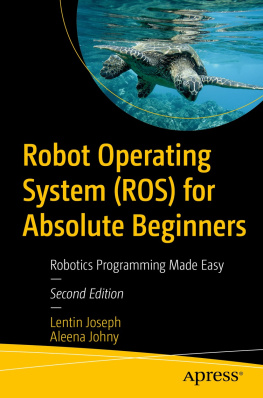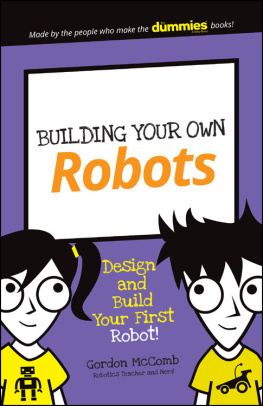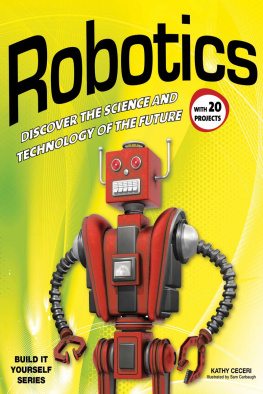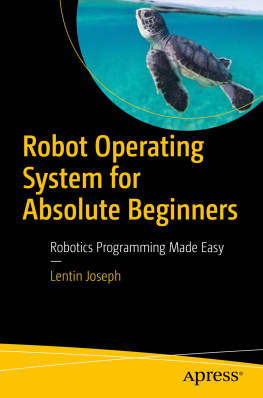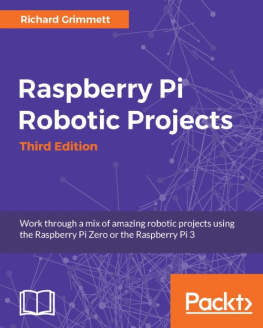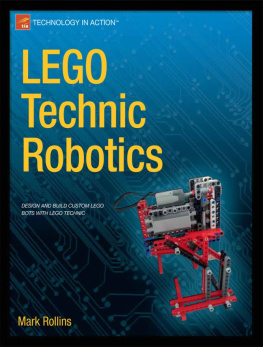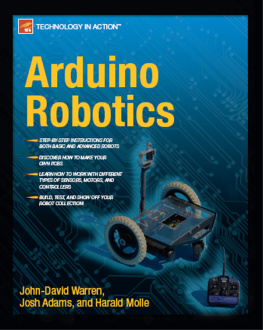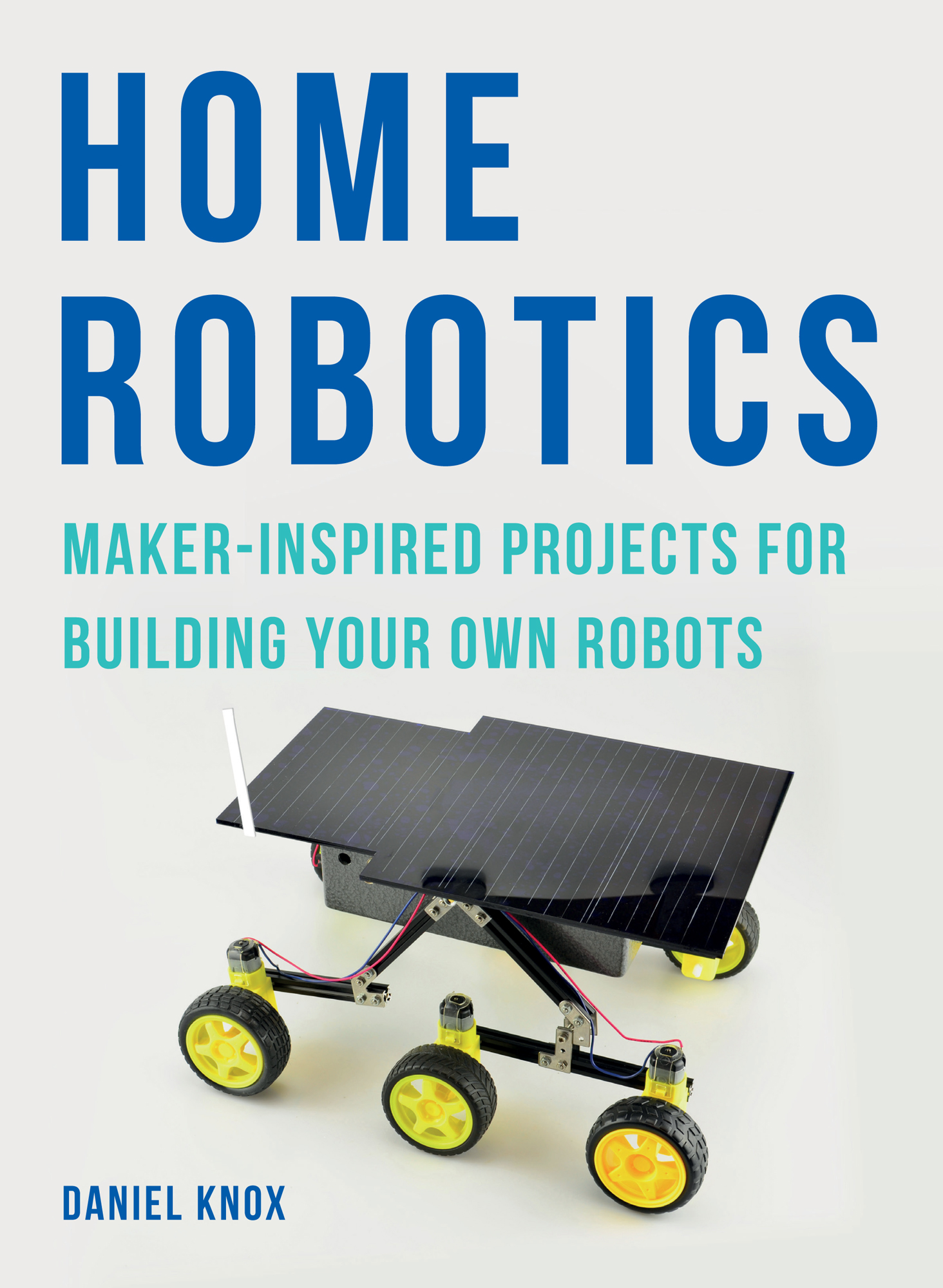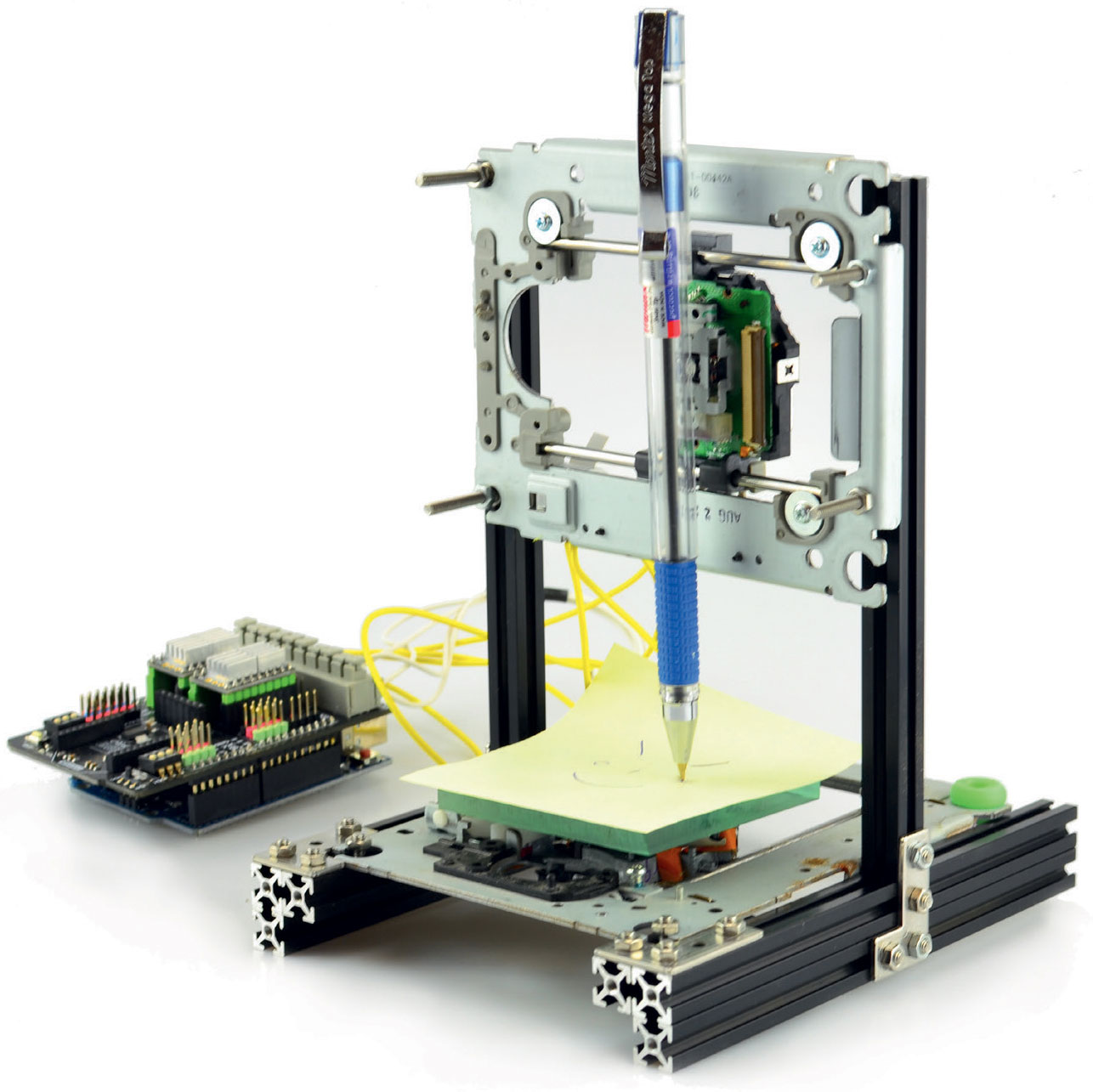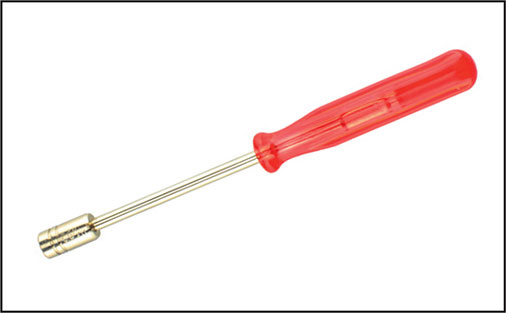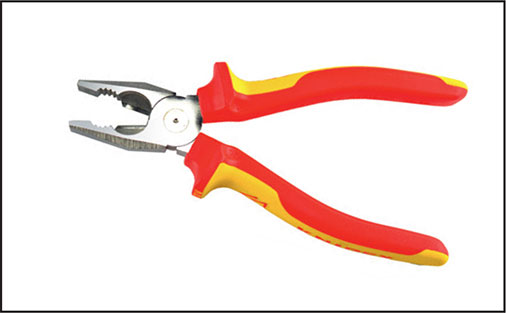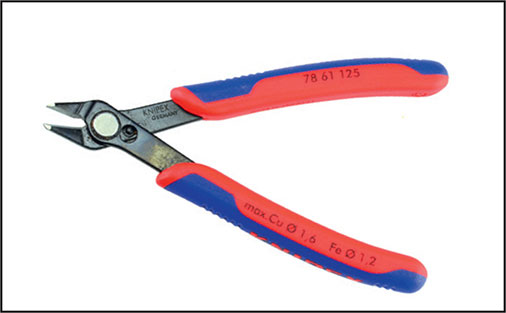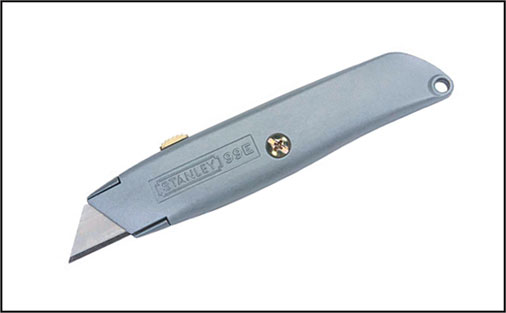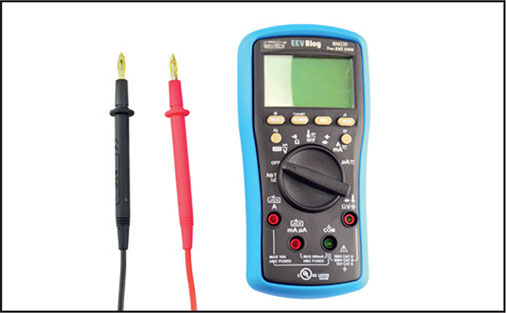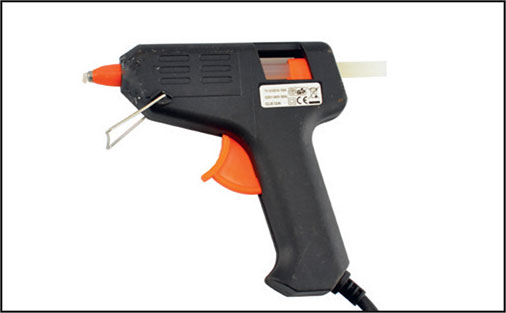Daniel Knox - Home Robotics: Maker-Inspired Projects for Building Your Own Robots
Here you can read online Daniel Knox - Home Robotics: Maker-Inspired Projects for Building Your Own Robots full text of the book (entire story) in english for free. Download pdf and epub, get meaning, cover and reviews about this ebook. year: 2018, publisher: Aurum Press, genre: Home and family. Description of the work, (preface) as well as reviews are available. Best literature library LitArk.com created for fans of good reading and offers a wide selection of genres:
Romance novel
Science fiction
Adventure
Detective
Science
History
Home and family
Prose
Art
Politics
Computer
Non-fiction
Religion
Business
Children
Humor
Choose a favorite category and find really read worthwhile books. Enjoy immersion in the world of imagination, feel the emotions of the characters or learn something new for yourself, make an fascinating discovery.

- Book:Home Robotics: Maker-Inspired Projects for Building Your Own Robots
- Author:
- Publisher:Aurum Press
- Genre:
- Year:2018
- Rating:5 / 5
- Favourites:Add to favourites
- Your mark:
Home Robotics: Maker-Inspired Projects for Building Your Own Robots: summary, description and annotation
We offer to read an annotation, description, summary or preface (depends on what the author of the book "Home Robotics: Maker-Inspired Projects for Building Your Own Robots" wrote himself). If you haven't found the necessary information about the book — write in the comments, we will try to find it.
Learn to make your own robots with this accessible, illustrated guide for robotics enthusiasts, featuring 13 unique robotics projects suitable for beginner to intermediate level. Youve seen the sci-fi movies and dreamed of creating your very own robot. Now learn to build machines with your own hands that will move or perform tasks at your command.
Featuring brand-new projects and specially commissioned photography, this book uses easily sourced components to teach you simple electronics and programming. Learn to design and build your very own custom-made creations that can walk, draw or even guard your home.
Start with a space-age butterfly that skips along on its own or a robot that creates psychedelic patterns of amazing variety, then discover how to create a catapult bot that activates when movement is detected or construct an intelligent, all-terrain rover vehicle the possibilities are endless.
Daniel Knox: author's other books
Who wrote Home Robotics: Maker-Inspired Projects for Building Your Own Robots? Find out the surname, the name of the author of the book and a list of all author's works by series.

